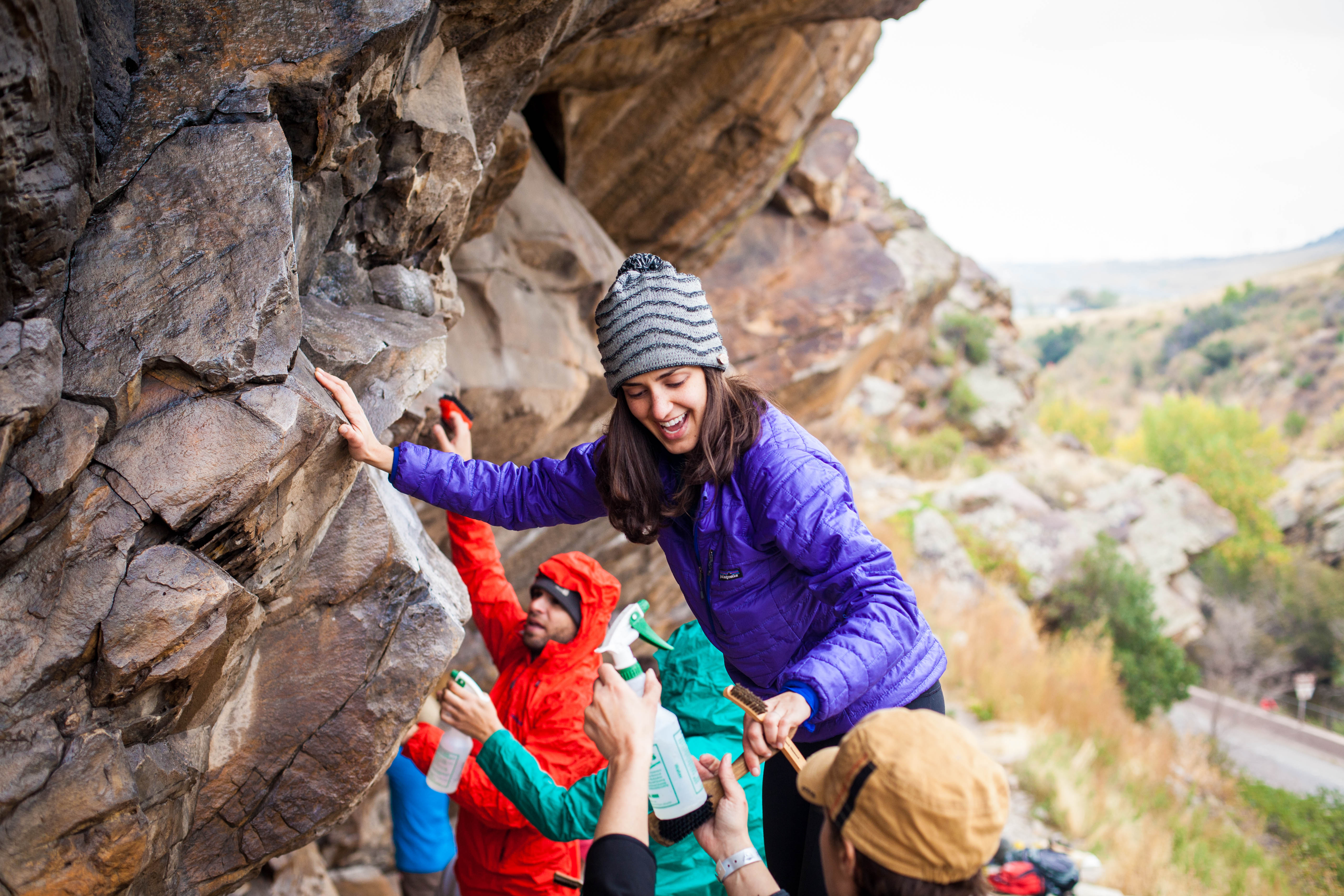Climbing Stewardship: Preserving the Beauty of Our Nation's Crags
Whether you're a seasoned climber with years of experience or a newcomer eagerly embracing the thrill of scaling rocks, chances are your adventures have led or will lead you to some of the most breathtaking climbing destinations across the country. As climbers, we're privileged to explore these natural wonders, but with this privilege comes a responsibility to protect and preserve these environments for future generations. This is where climbing stewardship comes into play.
Understanding Climbing Stewardship:
Climbing stewardship encompasses a range of practices aimed at minimizing our impact on the environment while maximizing our enjoyment of it. It involves respecting nature's delicate balance, being mindful of our actions, and actively contributing to the conservation and upkeep of the areas we recreate in.
Why Stewardship Matters:
The places we climb are not just backdrops for our adventures; they are living ecosystems teeming with diverse flora and fauna. Climbing activities can easily disrupt fragile ecosystems with their unique demands on the environment if not practiced responsibly.
Here are three reasons why climbing stewardship is crucial:
- Preservation of Natural Beauty:
Climbing takes us to some of the most awe-inspiring landscapes on Earth. By practicing stewardship, we ensure that these landscapes remain unspoiled for future generations to enjoy. - Conservation of Wildlife: Many climbing areas are home to rare and endangered species. By minimizing our impact, we help protect these animals and their habitats.
- Sustainability of Access:
Access to climbing areas is a privilege, not a right. Irresponsible behavior can lead to closures and jeopardize climbers' future access. Stewardship helps maintain positive relationships with landowners and regulatory agencies, ensuring continued access for climbers.
5 Practical Tips for Climbing Stewardship:
Now that we understand why stewardship is important let's explore some practical ways we can minimize our impact while climbing:
- Leave No Trace: Follow the principles of Leave No Trace (LNT) whenever you're outdoors. Pack out all trash, minimize campfire impacts, and stay on designated trails to prevent erosion.
- Stay on Established Routes: Avoid creating new trails or climbing routes, as this can cause irreversible damage to the environment. Stick to established paths and routes whenever possible.
- Respect Wildlife: Observe wildlife from a distance and avoid disturbing or feeding them. Keep your food and trash adequately secured to prevent attracting animals to climbing areas.
- Practice Ethical Climbing: Use removable protection whenever possible to minimize damage to the rock. Avoid chipping or altering routes, and be mindful of your impact on the natural environment. Remember to check the weather before you head to the crag, or if you arrive and the rock is wet, please don't climb. This prevents breakage and erosion (especially if it's sandstone!)
- Get Involved: Join local climbing organizations (see regional lists below) or stewardship groups, like Access Fund or American Alpine Club, dedicated to preserving climbing areas. Look to participate in trail maintenance projects, clean-up efforts, and advocacy campaigns to support conservation initiatives.
As climbers, we have a responsibility to be stewards of the places we love to explore. By practicing climbing stewardship, we can ensure that our favorite climbing areas remain pristine and accessible for generations to come. Let's commit to positively impacting the environment and inspiring others to do the same. Together, we can preserve the beauty of our nation's crags for future climbers to enjoy.
Find your regions' organizations below! (Please note: This list below does not encompass all the amazing organizations out there. You can find a complete list on Access Fund’s website here)
| California | |
| Oregon | |
| Colorado | |
| DMV | |
| NY/PA | |
| Texas | |
| Chicago |
|
Come climb with us! Find a Movement Gym near you.

